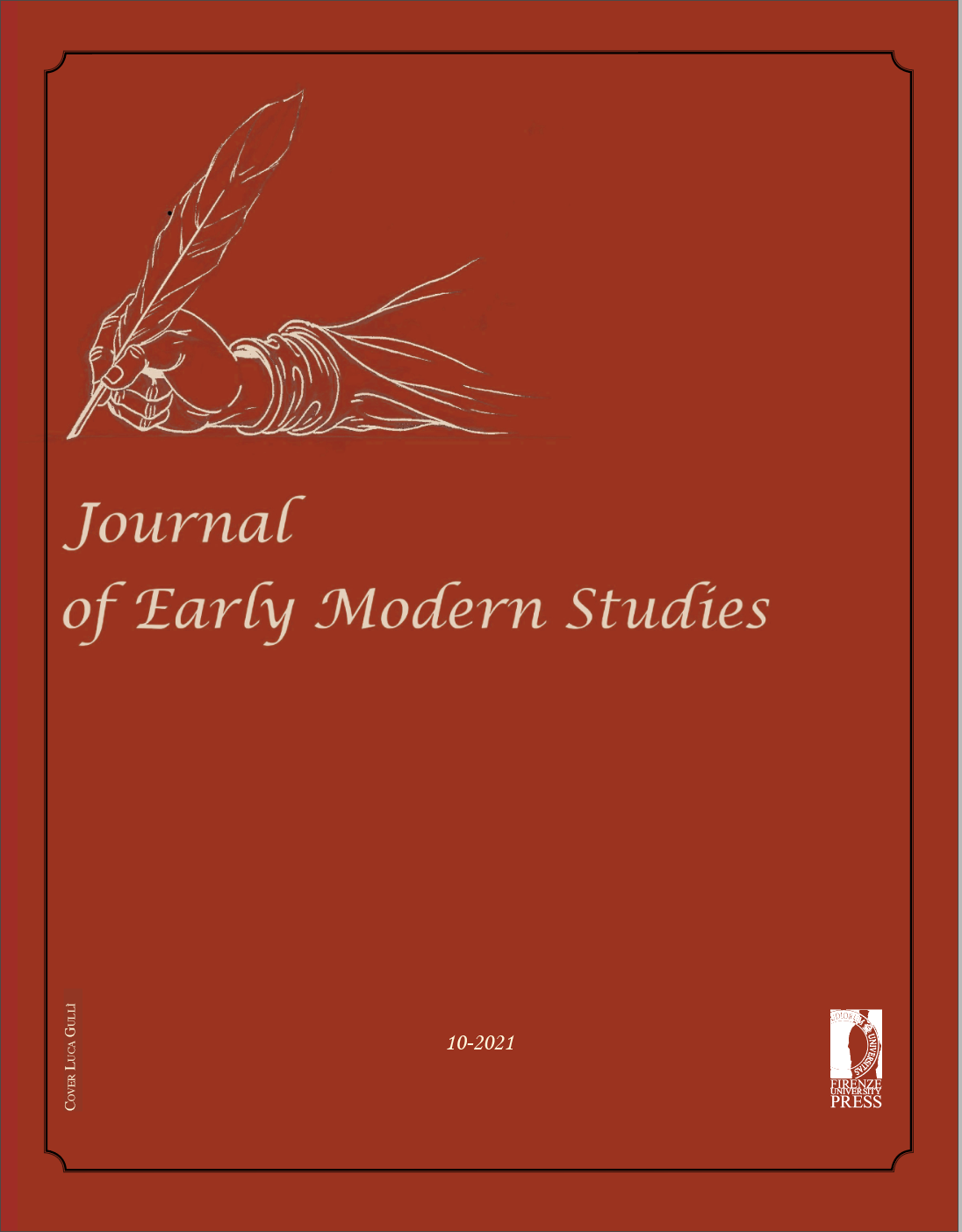Published 2021-03-15
Keywords
- Sleep,
- Early-Modern English Theatre,
- Theatergram,
- Victimisation,
- William Shakespeare
How to Cite
Abstract
In early modern England, sleep enjoyed a special cultural status and was a frequent subject of both learned and popular discourse. As such, sleeping became a recurrent motif in popular culture, including theatre. The present article discusses a distinct dramaturgical employment of sleeping – the victimisation of a sleeping character on the stage. It seems that this theatrical pattern, or theatergram, was especially popular in the 1590s, when plays such as Henry VI, Part Two, Thomas of Woodstock, Edward II, The True Tragedy of Richard III and Shakespeare’s Richard III appeared, containing scenes of a murdered sleeping person with a number of dramatic and thematic similarities. Similarly, Jacobean plays such as Othello, The Devil’s Charter, The Maid’s Tragedy, The Valliant Welshman, The Faithful Friends, Cymbeline and The Tempest, all of which seem to have appeared within a decade and a half in the early 17th century, also employ this trope, whose dramaturgy seems to elaborate on the aforementioned Elizabethan histories. What is noteworthy is the fact that, although we do not know the authors or dates of composition of some of the works, they all revolve around William Shakespeare and his playing company. The present article traces the development of the theatregram of the victimised sleeper, arguing that its visual and thematic appeal, as well as dramatic versatility, made it a staple of late Tudor and early Stuart drama which contributed to the stylistic development of the early modern English theatre.


